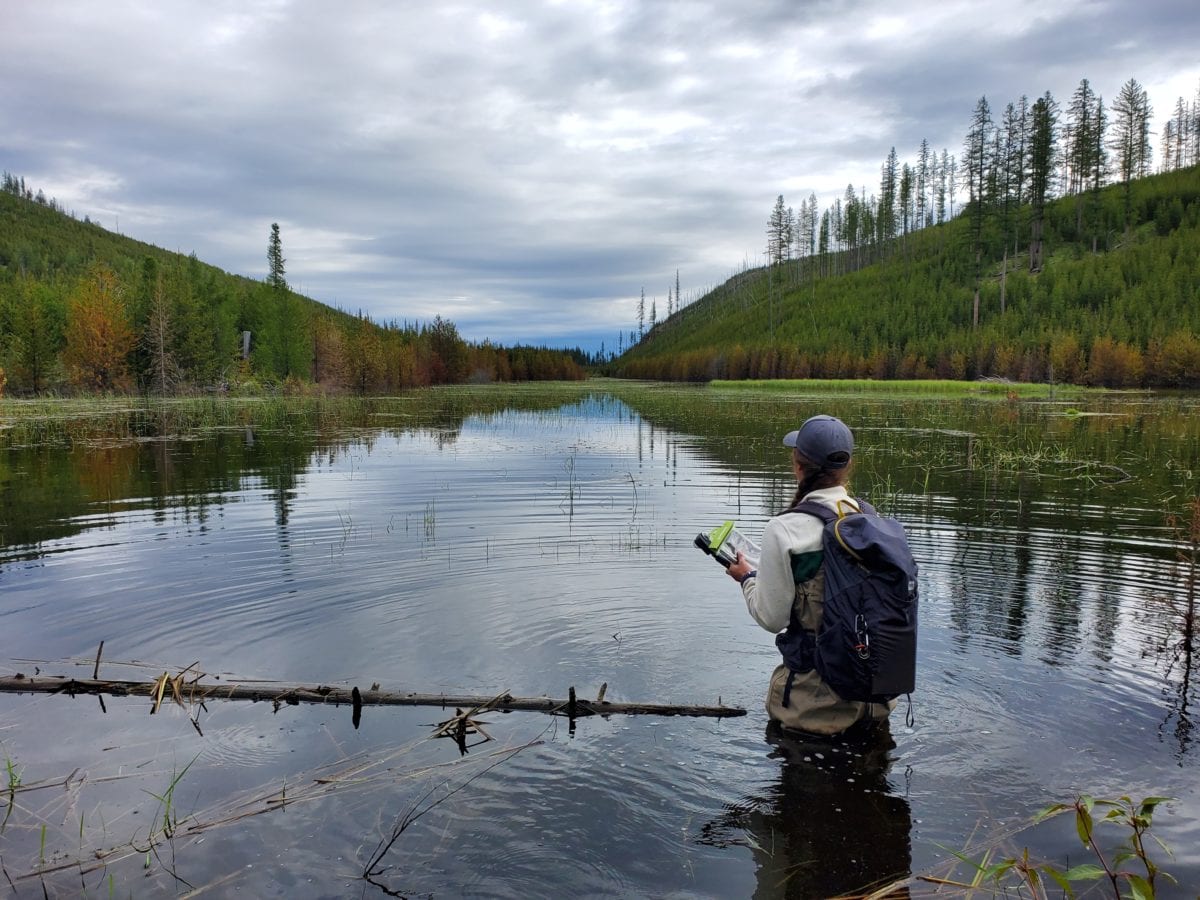
Here at the Nature trust of BC offices, we are always excited to receive photos and stories from the field. A few weeks ago we were lucky to get some field updates from Amelia Bonenfant, our Kootenay Conservation Field Crew Supervisor. She shared with us some photos and information about their most recent wetland adventures!
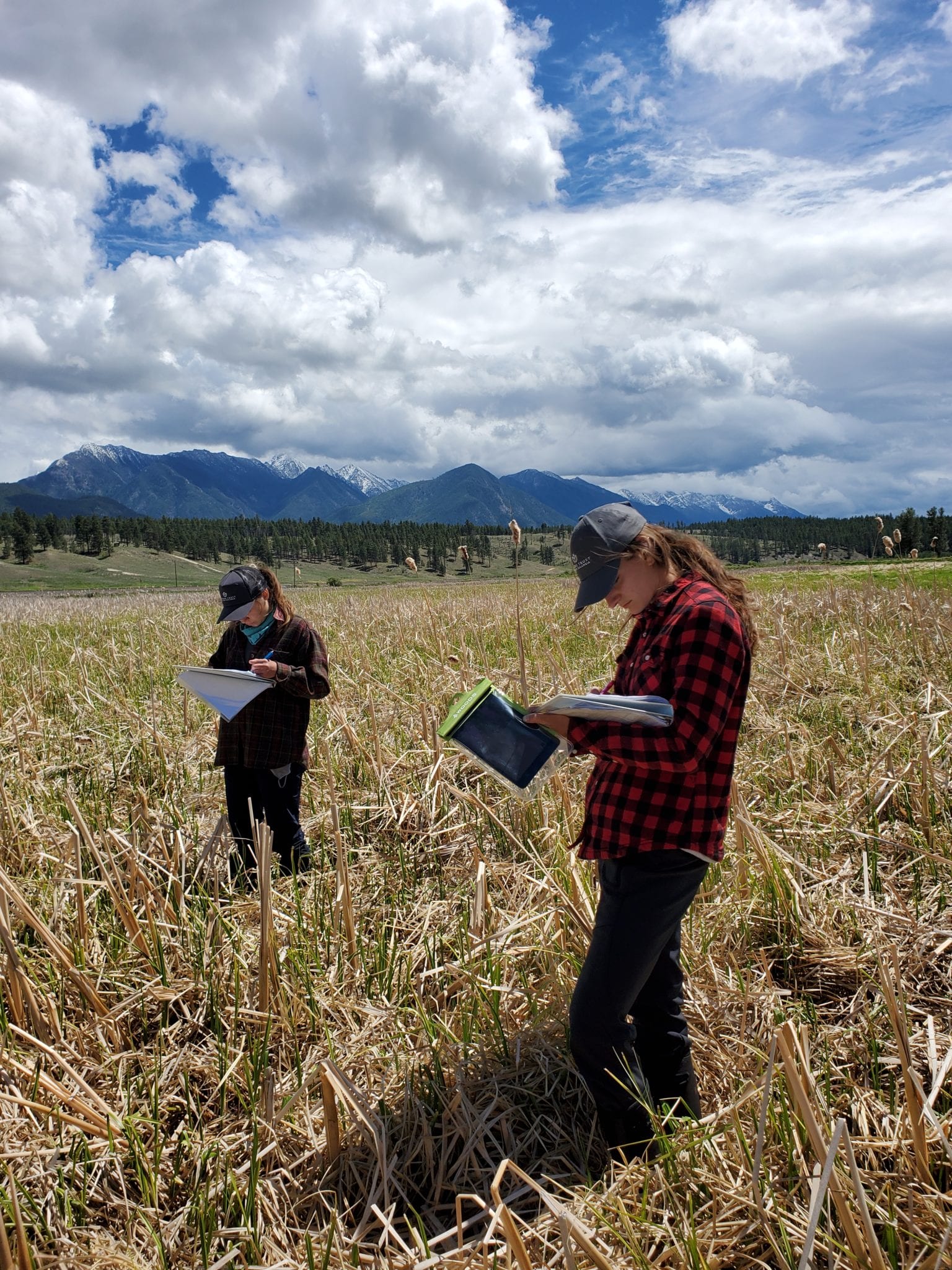
The crew recently went through a 2 week wetland training course and helped the BC Wildlife Federation (BCWF) with some assessments at our Bummers Flats property and our Columbia Lake Westside property. These assessments involved soil sampling, vegetation identification, taking water measurements and following the BCWF Wetland Ecosystem Services Protocol (WESP).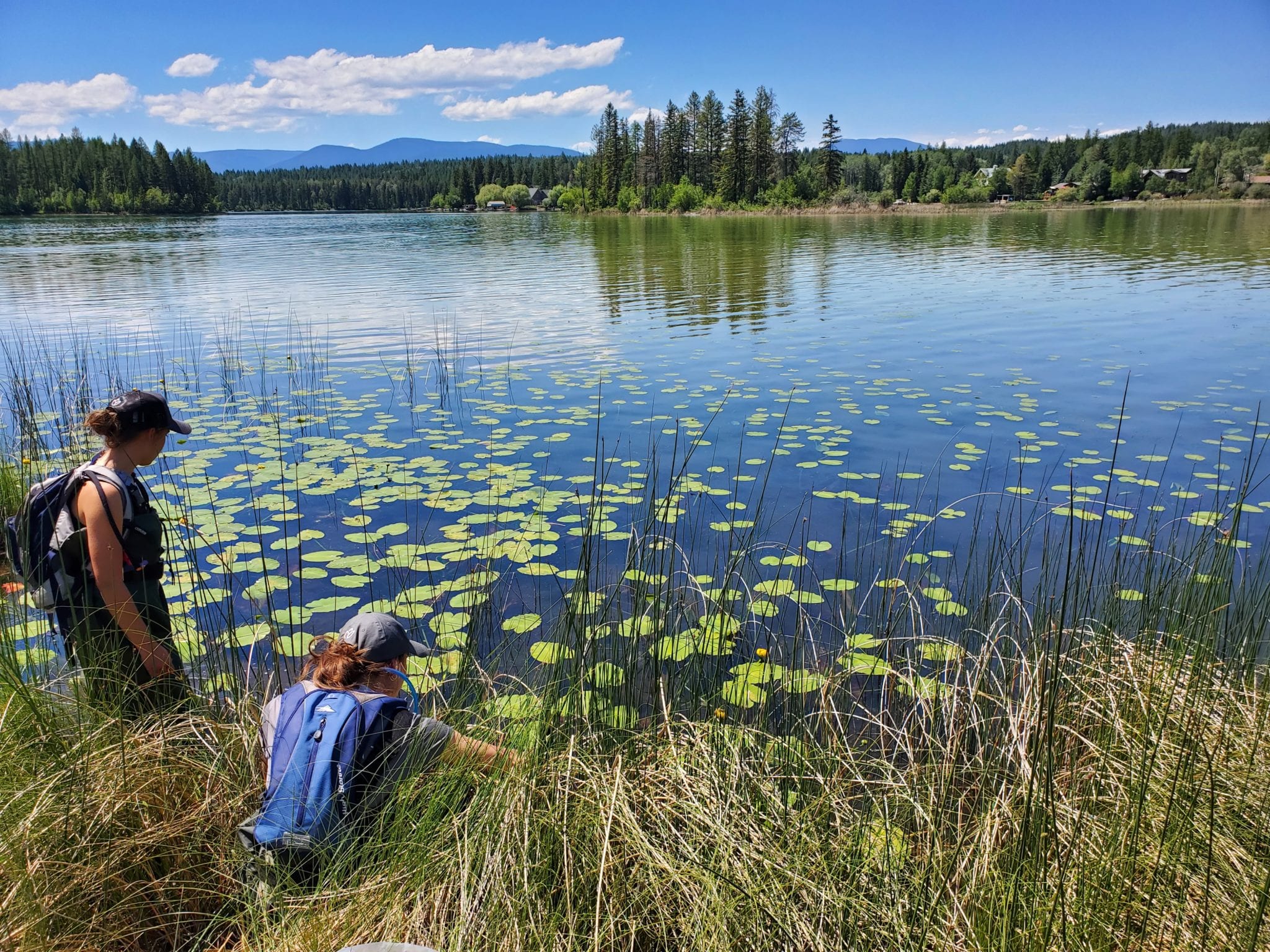
WESP is a standardized method for rapidly assessing important natural functions of wetlands. It utilizes the answers of over 60 field questions and over 40 GIS (Geographic Information System – mapping software) questions to determine 17 functions and attributes of a wetlands. Through WESP, the crew can rapidly assess the functions of the ecosystem and other attributes.
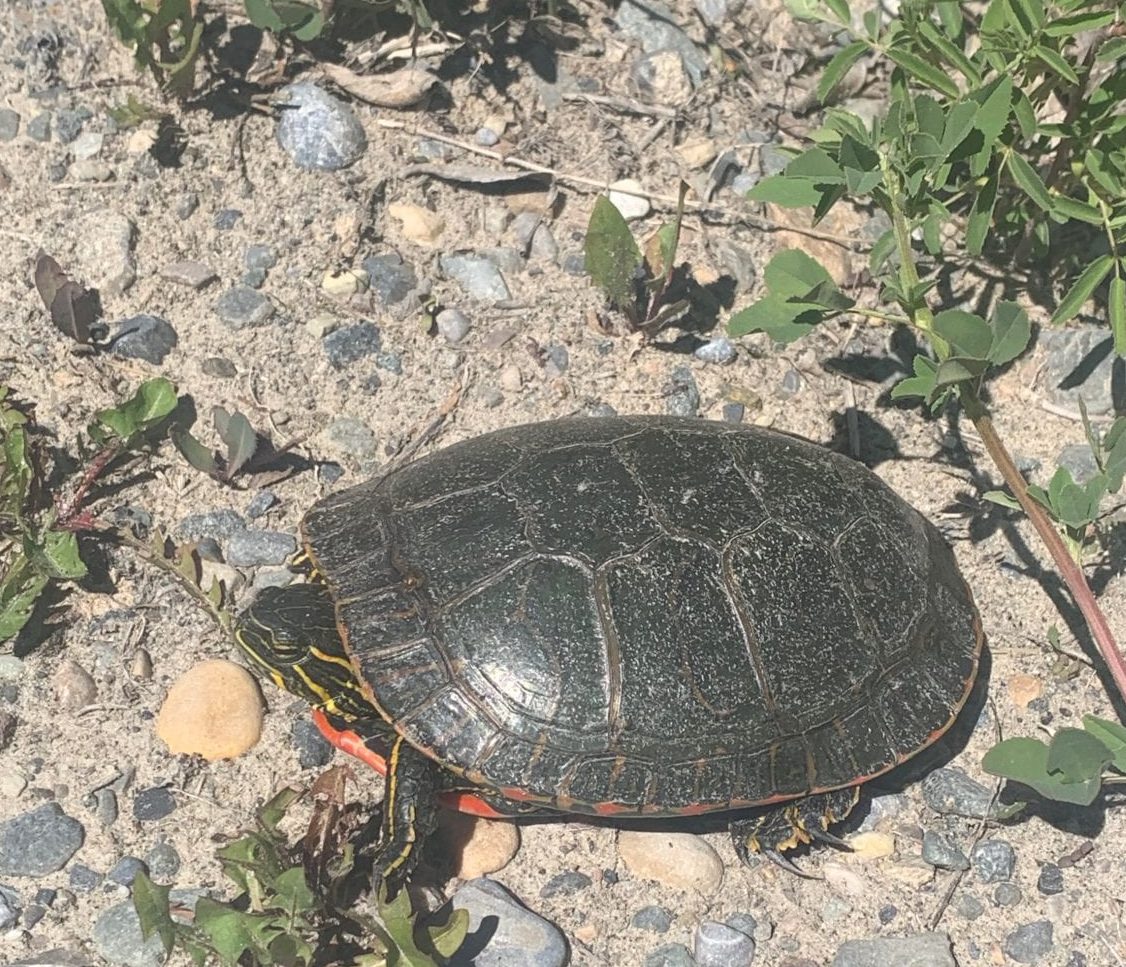
The natural functions of wetlands are important to determine and understand because they can tell us information regarding water storage, soil stability, nutrient flow, aquatic life support, habitat quality, fire resistance, and more.
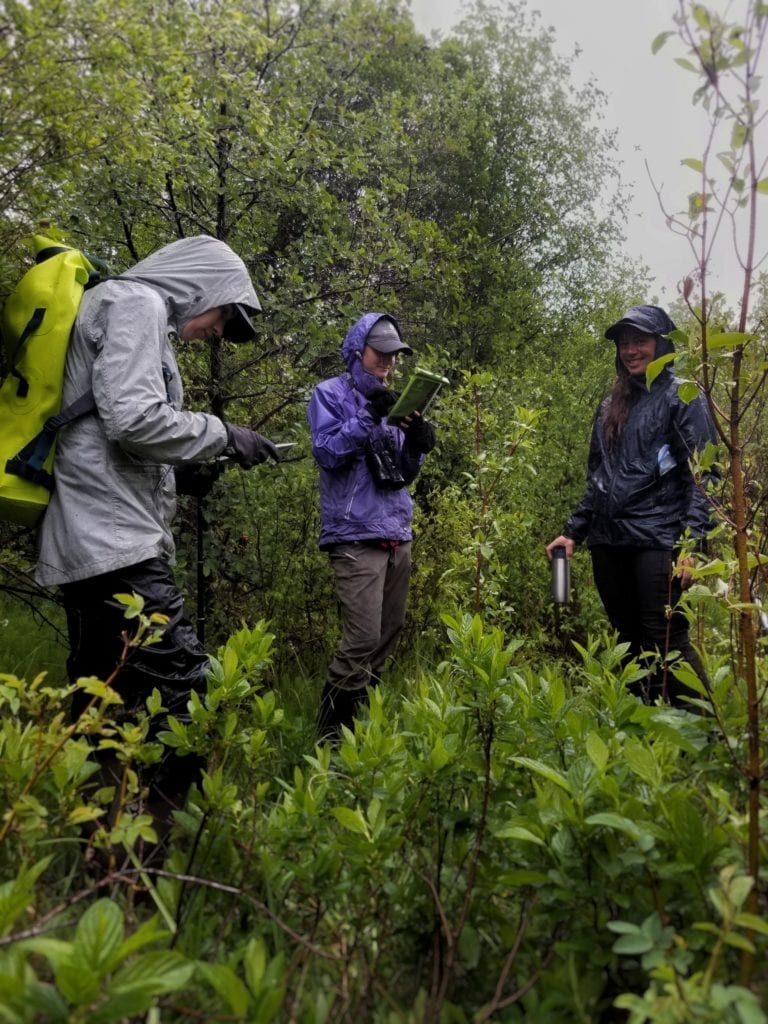
These assessments allow the crew to classify our wetlands into different categories such as a marsh, swamp, bog, or fen. Information such as this can help with determining the distribution of wetlands in BC, understanding their stressors, and can be used for effective land management and policy making in the future.
This work required our crew to get down and dirty in muddy, and often, deep water. The crew spent days marching through thick brush in waders while getting soaked by the rain – highlighting how field work is certainly not for the faint of heart!
